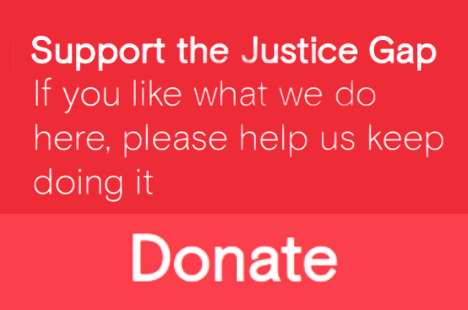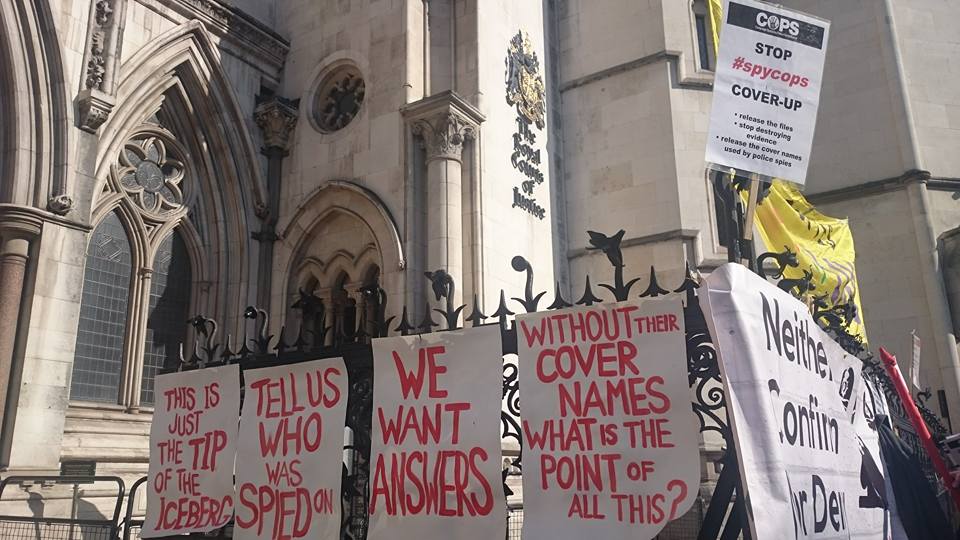Cognitive bias in the justice system is ‘widespread’ and ‘hidden’, according to a new research paper which argues that it is more difficult to deal with than the ‘easy to detect’ intentional bias of a few ‘bad apples’.
Dr Itiel E Dror, a senior cognitive neuroscience researcher from University College London, argues that the justice systems is ‘plagued with bias’; but the concept has mainly been understood ‘in silo’ and, as a consequence, overlooks the twin phenomena of ‘bias cascades’ and ‘bias snowballs’. According to the academic, the separate parts of the justice system – for example, the police, forensic examiners and the prosecution – instead of working independently interact ‘influencing and creating biases that mutually support one another’.
The paper in the April issue of the journal Behavioural Sciences (Biased and Biasing: The Hidden Bias Cascade and Bias Snowball Effects) argues that bias ‘plagues’ the justice system ‘from the initial police officers arriving at a crime scene, through to the lawyers and the evidence presented in court, all the way to the jurors’ decision and the judges’ sentencing, and even later at parole boards’.
Dr Dror defines cognitive bias as ‘an outcome, a byproduct, of people’s cognitive architecture and of how the brain processes information’. He writes: ‘Within the justice and legal system, cognitive bias has been defined as “the class of effects through which an individual’s pre-existing beliefs, expectations, motives, and situational context influence the collection, perception, and interpretation of evidence during the course of a criminal case”.’
The academic contrasts cognitive bias with ‘intentional bias’ of a few ‘bad apple’ which might appear ‘on the face of it… the worst’. ‘When explicit intentional biases occur in the justice and legal systems it is especially alarming as people can be wrongly convicted, and conversely, guilty people can go free,’ he says. However, he argues that intentional bias is not as widespread as cognitive. ‘Whereas the former is exhibited only by some “bad apples” who are deliberately and intentionally biased, the latter cognitive bias is a ubiquitous phenomenon that impacts everyone due to the top-down nature of human cognition and other aspects of cognitive architecture.’ He also points out the bad apples are ‘relatively easy to deal with. However, cognitive bias poses a bigger challenge.’
Dr Dror identifies a number of common ‘fallacies’ – for example, that bias can be explained by reference to a person’s ‘immoral character’. ‘Cognitive bias impacts honest, hard-working, competent and dedicated people,’ he writes. Other such fallacies are that ‘expertise’ can ‘protect the system’ and what he calls the ‘illusion of control’ – i.e., the belief that people can eliminate their biases by ‘mere willpower’. ‘Such efforts are noble and well intentioned but they are ineffective from a cognitive perspective,’ he says. In fact, he argues intentional efforts to minimise bias can actually increase its impact due to ‘ironic and rebound processing’. ‘To minimise cognitive bias, specific steps and actions must be taken – awareness of the bias per se does not stop it,’ he adds.
The paper sets out a ‘conceptual taxonomy’ of bias comprising eight ‘sources’ that may bias observations, judgements and decisions throughout the justice system organised under three ‘categories’ (biases emerging from the specific case, from the specific person handling the case, and emerging from human nature that impacts all of us regardless of the case or person handling it). See above.
‘Bias cascades’ occur when a bias that is introduced to an element in the justice system does not only impact on that element but ‘cascades’ and has an impact elsewhere. The paper sites the example of a Crime Scene Investigator learning that the suspect is Black or that they have a criminal record; this ‘irrelevant contextual information’ creates a bias that impacts their work– for example, the samples that they collect at the crime scene. A ‘cascade’ occurs when this information does not only impact the CSI work but, for example, they share information about the suspect’s past criminal record with fingerprints examiner, witnesses etc.
The bias ‘snowball’ happens when bias is not just cascading but additional biases are added this ‘increasing the biases as it progresses through the justice system’. For example, a DNA examiner who is biased by knowing that an eyewitness identified the suspect as a contributor to the DNA mixture. This can bias their judgement and conclusion. The eyewitness identification cannot only ‘cascade’ to other elements of the justice and legal systems – for example, making the fingerprint examiner also aware of the eyewitness identification – but it can ‘snowball’ if the fingerprint examiner is now not only aware of the cascading witness identification but also, in addition, to the DNA results as well. Therefore, in the snowball effect, not only are different elements in the justice system biased by the same biasing information (the cascade) but, in the snowball bias effect, the elements that have been biased add new biases that then go on to bias others.
Dr Dror describes four steps for minimising bias in the justice system: proper training and education; procedures and best practices that blind irrelevant information and manage the flow of information; the use of compartmentalisation to minimise bias from contaminating further decisions; and mandating for transparency so each communication between the different elements is documented.








